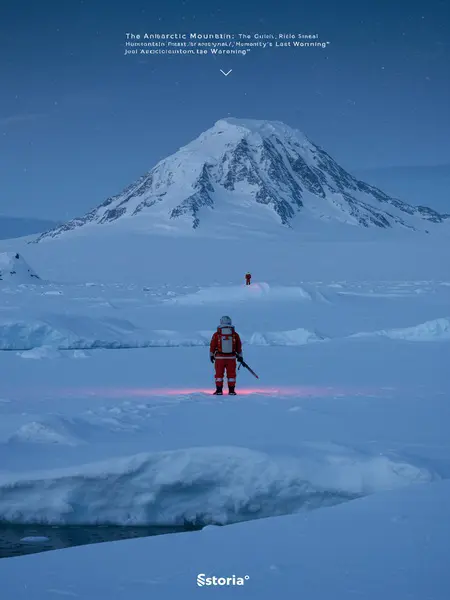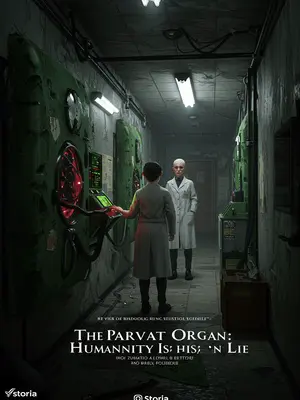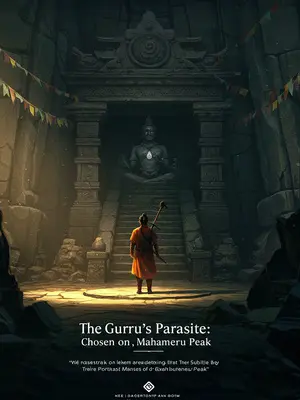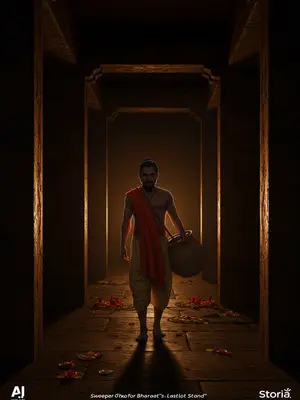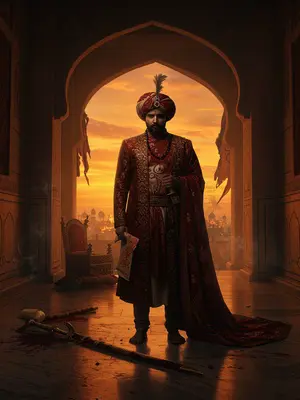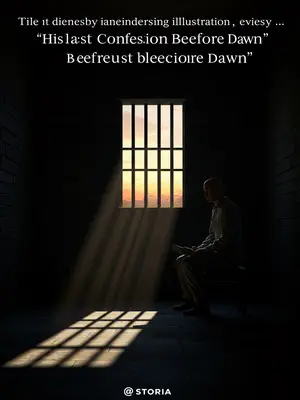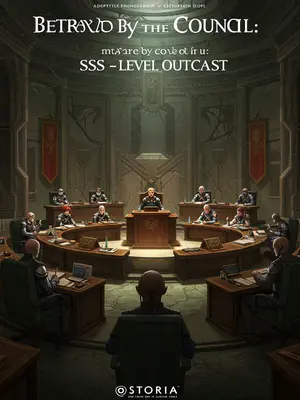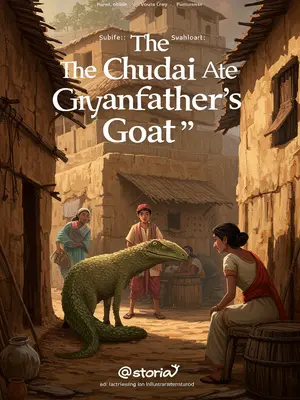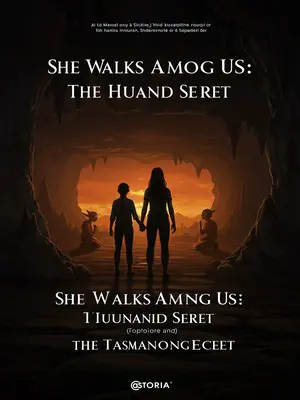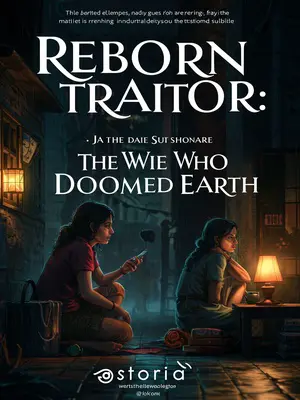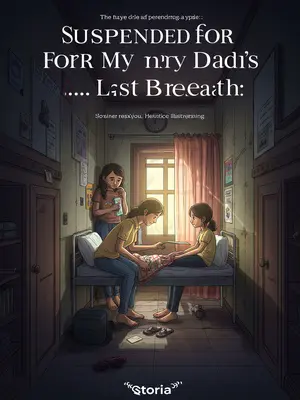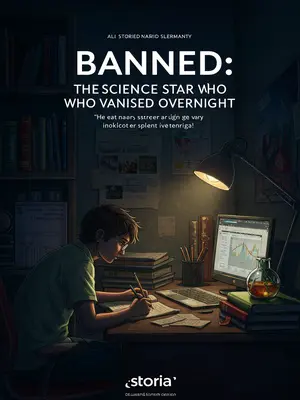Chapter 3: Viral Waves
In the days that followed, news of the earthquake flooded the internet:
In South America, someone in Montevideo, the capital of Uruguay, stood atop the 26-storey Salvo Palace, filming a monstrous wave looming ever closer.
The crest of the wave was more than twice as high as the hundred-metre building.
Even through the screen, the crushing sense of dread and despair pressed on my chest, as if I could taste the salt and damp of the deep sea air.
For hours, I scrolled mindlessly through Twitter and Instagram, the horror replaying in loop. Aunties in my building huddled in the courtyard, discussing the viral video, some whispering prayers for the dead, others blaming this on Western science ‘disturbing nature’.
The moment the videographer hit upload, the wave obliterated the Salvo Palace—along with the camera and its operator.
The video went viral on Instagram, amassing over 100 million views worldwide.
It played again and again on every news channel, each time sending a shiver down the country’s collective spine. People in tea stalls argued whether it was real or CGI, but the truth was too raw to deny.
Argentina’s Tierra del Fuego Province was almost completely destroyed.
In South Africa, people screamed and fled the coasts of Cape Town and Port Elizabeth, but many were still swept into the sea.
And this was just the tsunami triggered by the seismic waves.
In Antarctica itself, all research stations suffered catastrophic losses, with few survivors.
Under the threat of disaster, even penguins and seals—natural enemies—huddled together, shivering on the same ice floe.
Images of those animals, so helpless, broke the internet. In WhatsApp groups, people forwarded those photos, some adding, “See, even animals know how to unite in crisis.”
Of course, humanity didn’t just watch as others suffered.
The permanent members of the United Nations organised global humanitarian relief for the affected nations.
Freighters sailed to the disaster zones, and engineering vehicles rushed to the front lines.
People speaking different languages dug through the rubble side by side, rescuing survivors.
In this catastrophe, humanity was more united than ever before.
This was the rarest of things—India and Pakistan, America and Russia, all sending ships and people to help. Even our neighbours in Bangladesh sent doctors and food. For a fleeting moment, the world felt like one large family, Vasudhaiva Kutumbakam made real by tragedy.
On the seventh day after the earthquake, my application was approved: I was joining the expert team heading to Antarctica for post-quake survey work.
The day I got the email, my landlady made me extra aloo paratha for breakfast, telling me, “Beta, don’t become a hero, just come back safe.” My heart beat so fast I thought I’d faint; never in my wildest dreams had I imagined being sent on a mission like this.
